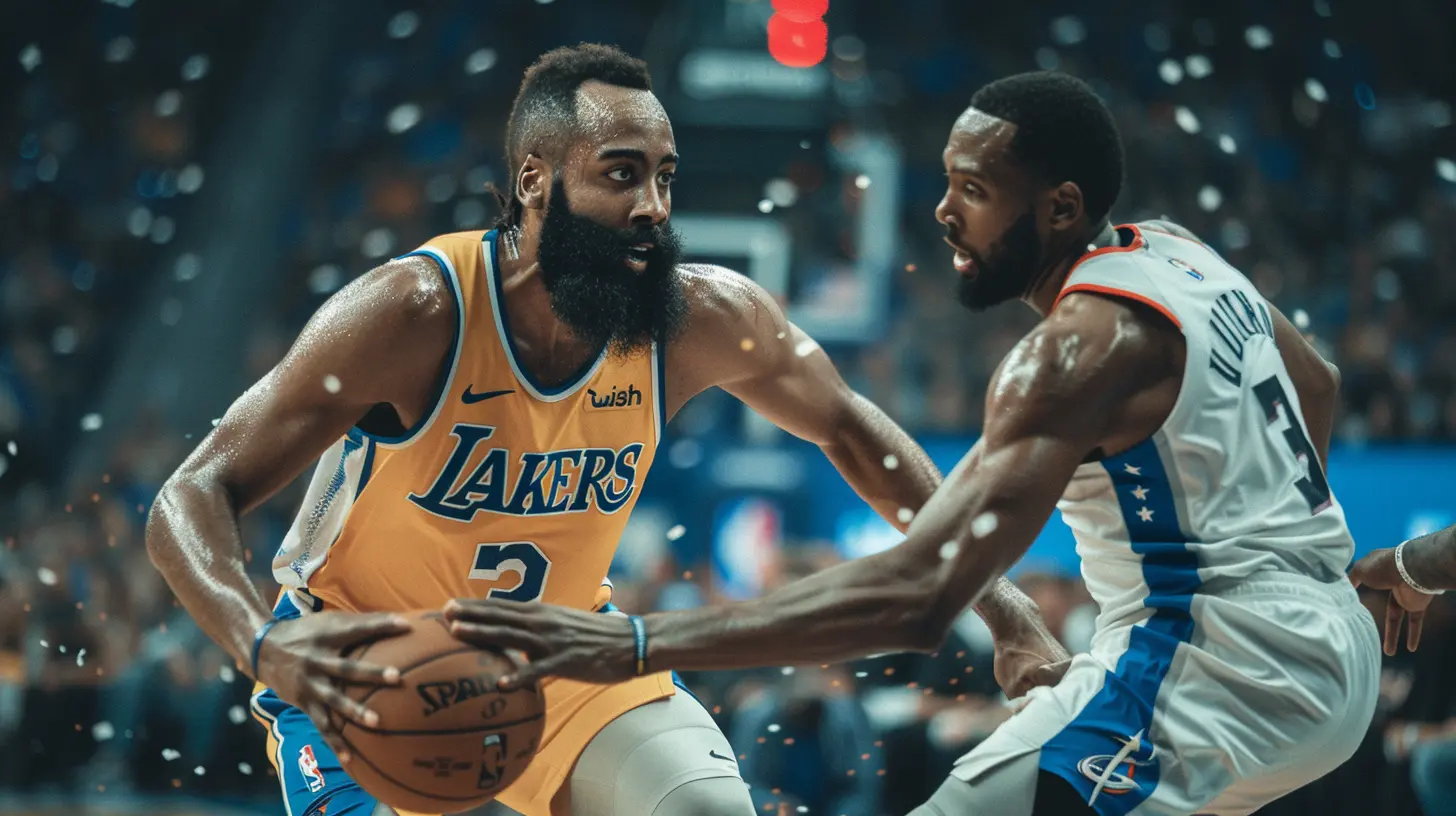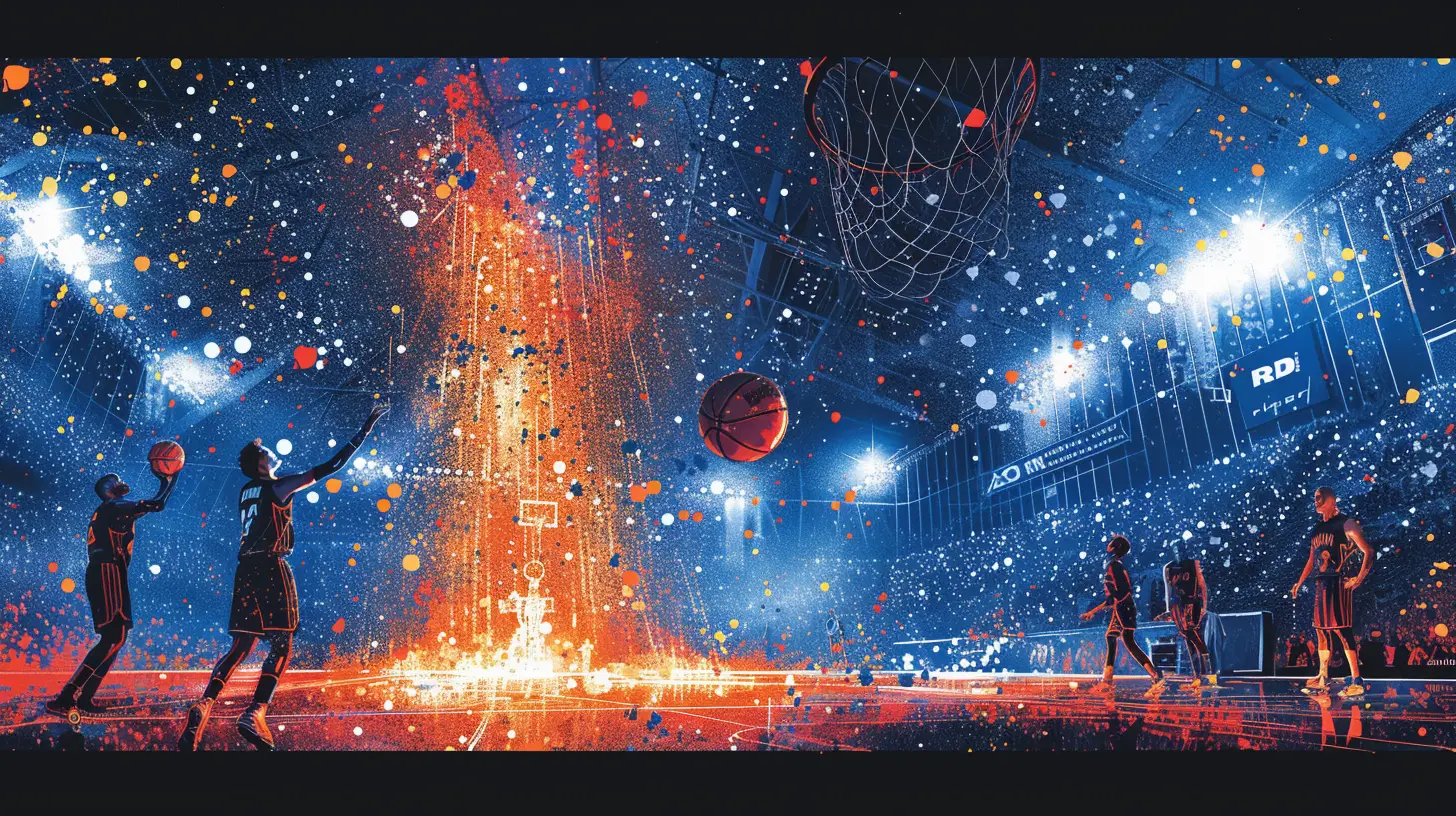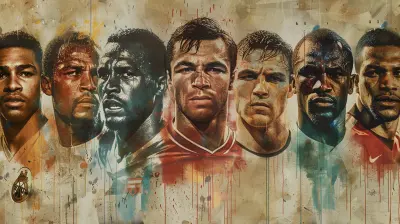What All-Star Games Reveal About the Future of Analytics in Sports
24 August 2025
All-Star games. They’re not just about the glitz, glamour, and jaw-dropping athletic performances that make fans leap out of their seats. They’re also a sneak peek into the future of sports — particularly the role of analytics. You might think of All-Star games as just fun-filled exhibitions, but beneath the highlight reels and flashy dunks, there’s a deeper story unfolding. These games are laboratories where the latest in sports analytics is tested, refined, and sometimes even revolutionized.
But what exactly do All-Star games reveal about the future of sports analytics? How are these star-studded exhibitions shaping the way we view, analyze, and even play sports? Well, let’s dive into the numbers (don’t worry, it won’t be boring) and see what the future holds.

The Intersection of Entertainment and Data
Let’s be real — All-Star games are, first and foremost, about entertainment. Nobody’s out there grinding for a championship. It’s more about showboating, crazy plays, and fan engagement. But here's the kicker: Even in these less-competitive settings, the data doesn't stop flowing. In fact, it gets cranked up to 11.Why? Because All-Star games offer a platform where analytics can be experimented with in a low-stakes environment. Think of it as a testing ground for innovative ideas. Teams, coaches, and analysts use this opportunity to try out new metrics, track new data points, and see what sticks. It’s like a science experiment, but with slam dunks and three-pointers.
The Rise of Advanced Metrics
Basketball, baseball, football—you name it, analytics are everywhere. The traditional stats like points, rebounds, and assists are still cool, but they’re old news. The real game-changers? Advanced metrics like Player Efficiency Rating (PER), Win Shares, and True Shooting Percentage (TS%). These metrics dive deeper into a player’s impact on the game, beyond just the box score.In All-Star games, these advanced stats are put under the microscope. Analysts look into how star players perform in situations where they’re not necessarily playing for keeps. They track everything from shot selection to defensive effort, not just to analyze that specific game, but to inform future strategies and player evaluations.
For instance, take the NBA All-Star Game. Sure, nobody’s playing defense like it’s Game 7 of the Finals, but analysts still track player movements, spacing, and shot efficiency. Why? Because it can reveal insights into how players operate in less structured, more free-flowing environments. And guess what? Those insights can carry over into the regular season and playoffs, informing everything from team strategy to player development.

Real-Time Data: The Future is Now
Ever notice how, during an All-Star game, broadcasters start throwing around all these juicy stats in real-time? Things like a player’s shooting percentage from different spots on the court or how fast they’re running compared to their regular-season average? That’s the beauty of real-time analytics, and it’s quickly becoming the backbone of modern sports.In All-Star games, where the pace is often faster and the gameplay more unpredictable, real-time data provides a treasure trove of information. It’s like having a crystal ball that helps teams and analysts make split-second decisions.
Wearable Tech: Tracking Every Move
The future of sports analytics is wearable technology, and All-Star games are a perfect stage to showcase this. Players are now equipped with everything from GPS trackers to heart rate monitors, giving coaches and analysts real-time data on their performance.How fast are they running? How high are they jumping? How fatigued are they? These are questions that once required a lot of guesswork. Now, thanks to wearable tech, they’re answered instantly.
In All-Star games, where players are often asked to do things outside of their usual roles (like a center throwing up 3-pointers or a point guard posting up), wearable tech gives analysts a goldmine of data. They can see how players perform in different positions or situations, which can then be applied to regular-season games.
For example, if a player excels at shooting from beyond the arc in an All-Star game, even if they don’t do it much during the regular season, coaches might consider giving them the green light to shoot more threes going forward. It’s all about finding hidden value, and wearable tech is making that easier than ever.

Fan Engagement: Analytics for the People
Let’s not forget about the fans. All-Star games are also a testing ground for fan engagement through analytics. Ever notice how, during these games, you’ll see all sorts of cool stats pop up on your screen? Stuff like how fast a player sprinted to complete a fast break, or the probability of a shot going in based on the player’s shooting form?That’s not just for show. It’s part of a broader movement to make fans more involved in the analytics side of sports. And it’s only going to get bigger.
Gamification of Stats
Fans love stats. But they also love games. So, why not combine the two? In All-Star games, we’re seeing a growing trend towards the gamification of stats. Broadcasters and app developers are integrating real-time analytics into fan experiences, allowing viewers to make predictions, track player performances, and even compete against each other based on the data being shown.Think of it like fantasy sports on steroids. Fans can now engage with the game in real-time, making predictions on everything from how many points a player will score to how fast they’ll complete a fast break. It’s not just about watching the game anymore; it’s about interacting with it in a new, data-driven way.

Predictive Analytics: A Glimpse into the Future
Have you ever wondered how coaches and teams make decisions during a game? It’s not just gut instinct anymore. Increasingly, it's data — and more specifically, predictive analytics. And All-Star games are fertile ground for testing these predictive models.Machine Learning and AI
In the world of sports analytics, machine learning and AI are becoming the MVPs. These technologies can sift through mountains of data, identifying patterns and trends that humans might miss. And in All-Star games, where play is more unpredictable, these systems are put to the test.For instance, AI can predict the likelihood of a certain player taking a specific type of shot based on their past performances, even in a free-flowing All-Star setting. This helps teams make better decisions, whether it’s drafting players, making trades, or developing game plans.
Machine learning also comes into play when analyzing fatigue levels, injury risks, and even emotional states. Yes, you read that right. Some advanced analytics systems are now capable of analyzing facial expressions and body language to gauge a player’s emotional condition. And where better to test this than in an All-Star game, where emotions often run high?
The Future of Team Building: Data-Driven Superteams?
If there’s one thing All-Star games teach us, it’s that talent wins games. But as analytics become more advanced, teams are starting to realize it’s not just about talent—it’s about how that talent fits together. And All-Star games, with their mix of the league’s best players, offer a glimpse into how different combinations of stars might work out in the long run.For instance, in an All-Star game, you might see players from different teams who normally never play together suddenly on the same court. Analysts can track how these players interact — their chemistry, their spacing, their shot selection — and use that info to inform future roster decisions. It’s like a sneak preview of what could happen if certain players were to team up for real.
Do All-Star games foreshadow the formation of future superteams? Absolutely. Teams are increasingly using analytics to create rosters that aren’t just stacked with talent but are optimized for chemistry and fit. So, the next time you watch an All-Star game, take note: You might be seeing the future of the league unfold right before your eyes.
Conclusion: Analytics is the New MVP
All-Star games may seem like fun exhibitions on the surface, but they’re much more than that. They’re a window into the future of sports analytics. From real-time data and wearable tech to advanced metrics and predictive analytics, these games are shaping the way we think about sports. They’re turning coaches, players, and even fans into data scientists, constantly crunching the numbers to gain an edge.So, the next time you tune into an All-Star game, don’t just focus on the dunks, the crossovers, or the home runs. Pay attention to the numbers behind the action. Because in the world of sports, analytics is quickly becoming the real MVP.
all images in this post were generated using AI tools
Category:
All Star GamesAuthor:

Uziel Franco
Discussion
rate this article
1 comments
Riff Graham
Great insights! Excited for analytics' evolution!
September 10, 2025 at 3:31 AM

Uziel Franco
Thank you! I'm excited to see how analytics will continue to shape sports in the future as well!


